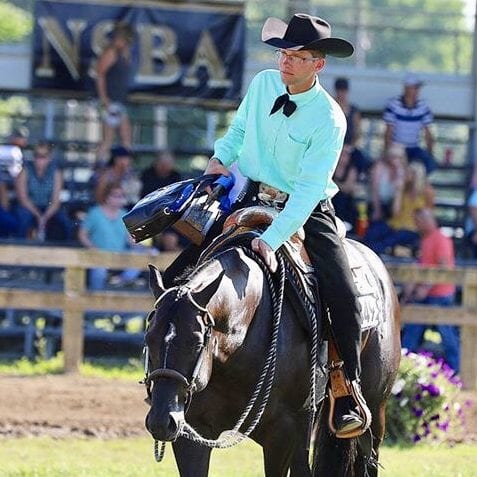Just like any sport in history, the evolution of performance horses has been consistent, ever-changing, increasingly competitive and progressively more specialized.
Throughout the years, both western pleasure horses and training techniques have changed, sometimes for the better, sometimes not, but in today’s world where we see arguably the best horses in the discipline, a stigma still lingers from the days when the discipline wasn’t the most positive.
GoHorseShow spoke with two of the industry’s leading pleasure trainers, Casey Willis of Masterson Farms and Aaron Moses of Aaron Moses Show Horses, and asked them to help clear up any possible misconceptions about the discipline and explain why it is so vital to the industry.
Putting Pleasure in a Positive Light
So, why the stigma when it comes to western pleasure?
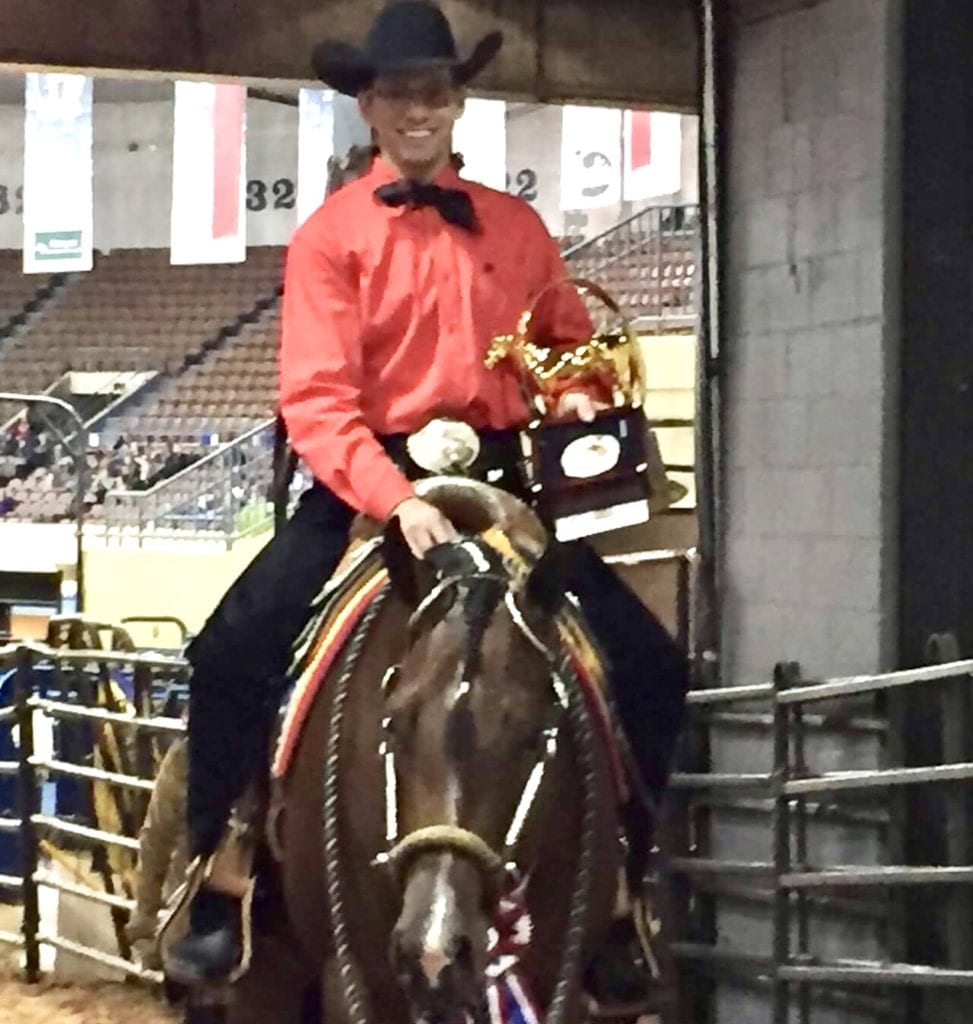 The answer to that question has no one right answer, and the current stigma that tends to follow western pleasure is more than likely a culmination of things like social media, lack of knowledge about the discipline and past negative trends in the discipline.
The answer to that question has no one right answer, and the current stigma that tends to follow western pleasure is more than likely a culmination of things like social media, lack of knowledge about the discipline and past negative trends in the discipline.
“It’s become a fad, especially on the Internet to look at western pleasure horses negatively,” Moses said. “The Internet allows everyone to see both the good and the bad of the industry, but people seem to hold onto the negative things that happened in the past, forgetting that at certain times in any industry, negative things have occurred.”
Former trends like the peanut rollers and four beaters of years past are precisely that, old trends, yet they still get cited when describing pleasure horses today.
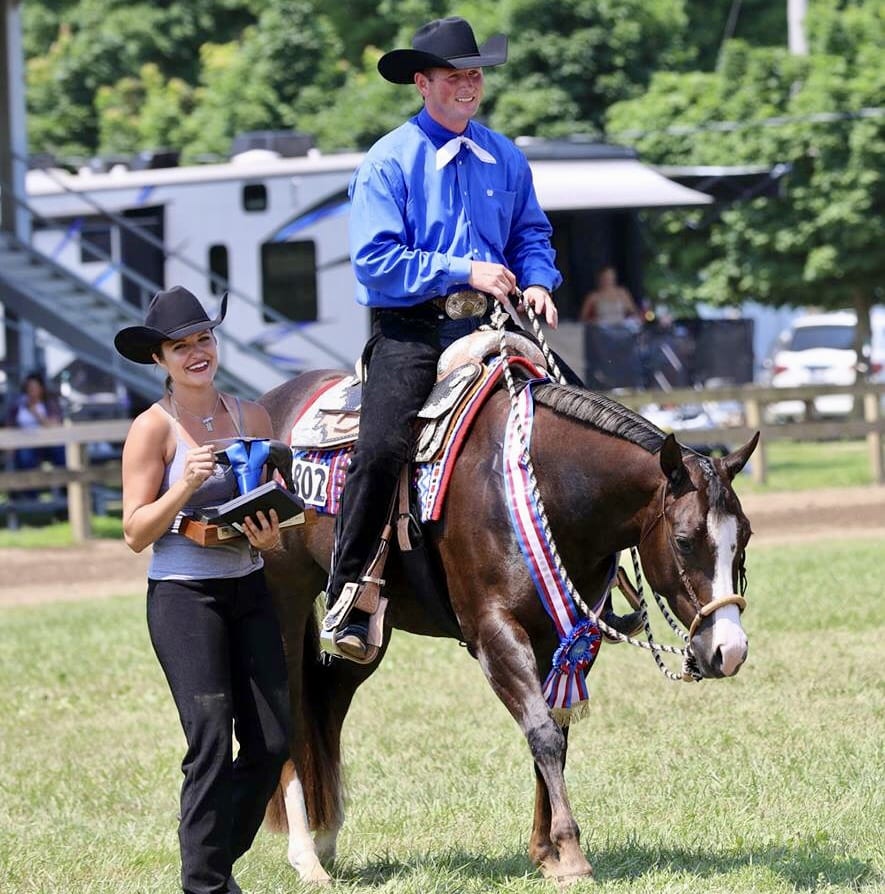 “It’s going to take time to relieve the stigma that can surround western pleasure,” said Willis. “It has taken us 15 to 20 years to get into this position. Unfortunately, it is going to take a while to get out. I think the best we can do for our industry is welcome people to participate and not get defensive if they do have questions or concerns.”
“It’s going to take time to relieve the stigma that can surround western pleasure,” said Willis. “It has taken us 15 to 20 years to get into this position. Unfortunately, it is going to take a while to get out. I think the best we can do for our industry is welcome people to participate and not get defensive if they do have questions or concerns.”
Moses agreed. “To help change the way people think about pleasure, everyone who participates in this discipline needs to be a united front. Of course, our main objective is to improve the horses still, but we should never be ashamed of our product. The pleasure industry, like any industry, can always be improved, but we should never portray to the public that we are ashamed of what we do. We believe in our product and should always strive to get better and do better.”
“I think a lot of people just don’t know about the industry and how it is today,” said Willis. “For whatever reason, they don’t see how the industry has evolved and the changes it has gone through. People forget that every sport changes and evolves, why can’t this? I think it is important to educate people positively and showcase what we’re doing right.”
Is it Natural?
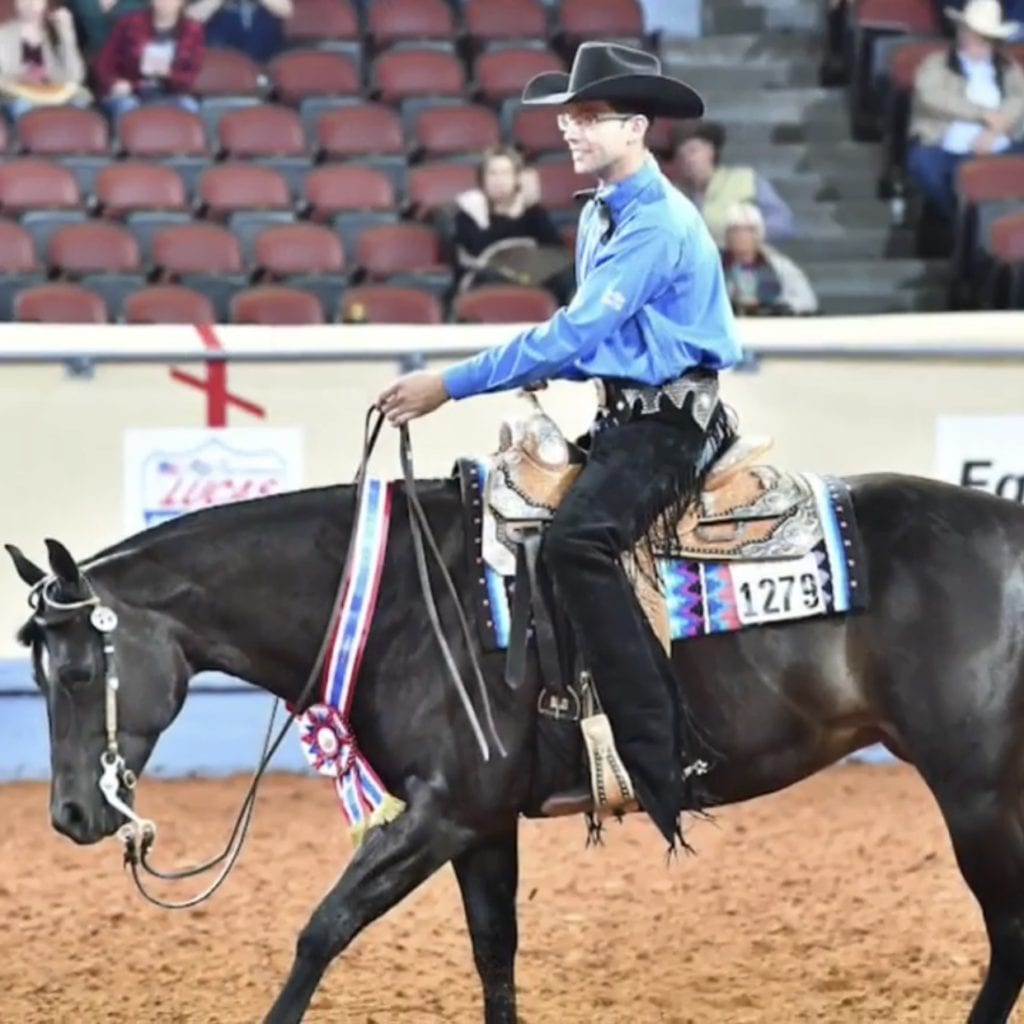 Perhaps the most often heard argument from western pleasure critics is that the discipline is “unnatural.” And sure, trends mentioned above like the peanut rollers and four beaters indeed weren’t.
Perhaps the most often heard argument from western pleasure critics is that the discipline is “unnatural.” And sure, trends mentioned above like the peanut rollers and four beaters indeed weren’t.
However, Moses and Willis stress that a few fundamental concepts are lost in the midst of this argument.
“It’s important to remember that riding a horse isn’t natural,” said Moses. “Any event, be it reining, barrel racing or jumping is building on the natural ability of the horse.”
“Just as an example, reining horses weren’t born sliding 20 feet,” said Willis. “But it doesn’t mean they don’t have natural ability. Pleasure horses are required to possess the same qualities as a horse in any other discipline. It takes talent, athleticism and a good mentality.”
“Today, the catchphrases are flat kneed and big hocked, but that still doesn’t guarantee the horse will be a great pleasure horse,” said Moses. “It’s called pleasure for a reason. The horse has to be able to go around the pen without struggling. It should be a version of what the horse looks like loose, free of distorted motion.”
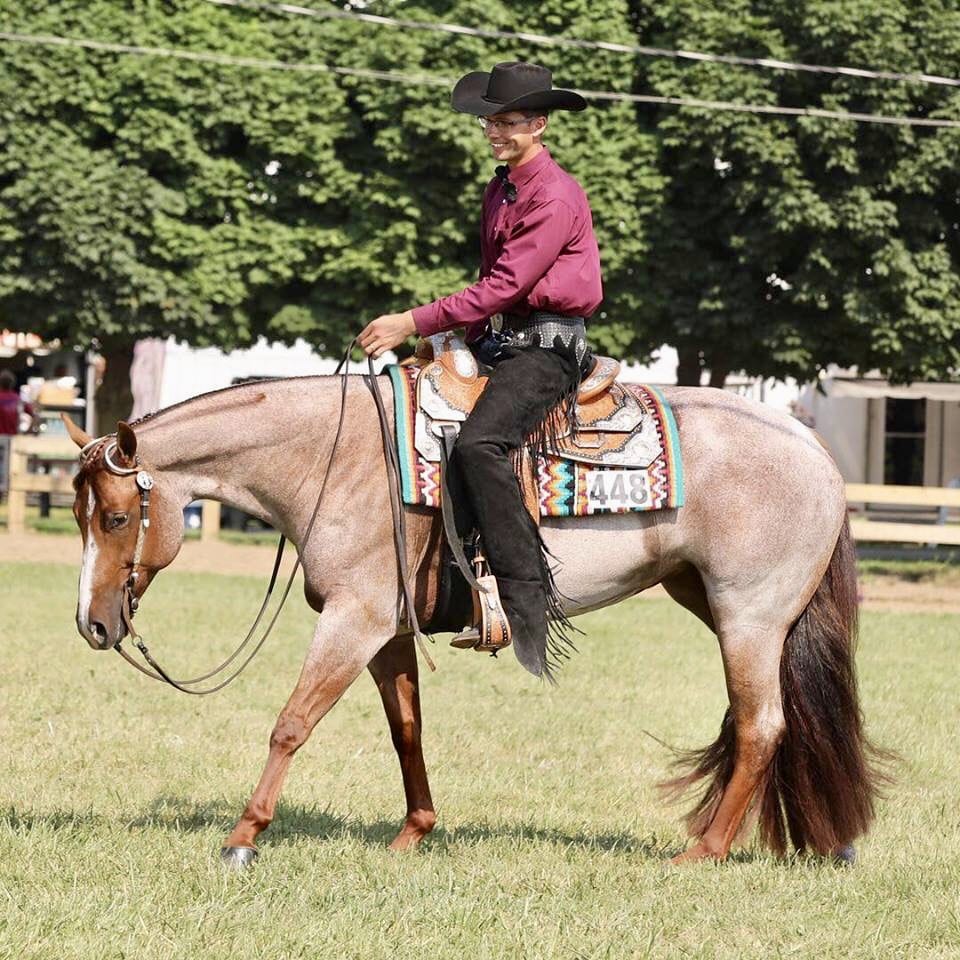 What Moses speaks of is another catchphrase, one that should always be at the heart of a winning pleasure horse: self-carriage.
What Moses speaks of is another catchphrase, one that should always be at the heart of a winning pleasure horse: self-carriage.
A horse that can easily carry itself around the arena with minimal assistance from its pilot has become one of the pillars of excellence in a pleasure horse and is light years away from the days when every horse was forced into the discipline whether or not they possessed this natural ability.
“In recent years, we have gotten a lot better at not forcing horses to do things they can’t do,” said Willis. “Horses are bred to do this in this day and age, and not everyone is a winner, but we have gotten much better at recognizing that early on and directing that horse’s talents elsewhere.”
Moses echoed, “The days of intimidating horses into success are over. We want horses that are fat and happy and that get a lot more vacation than I do. They are treated more like human athletes with periods of training and periods of rest.”
A Vital Part of The Whole Industry
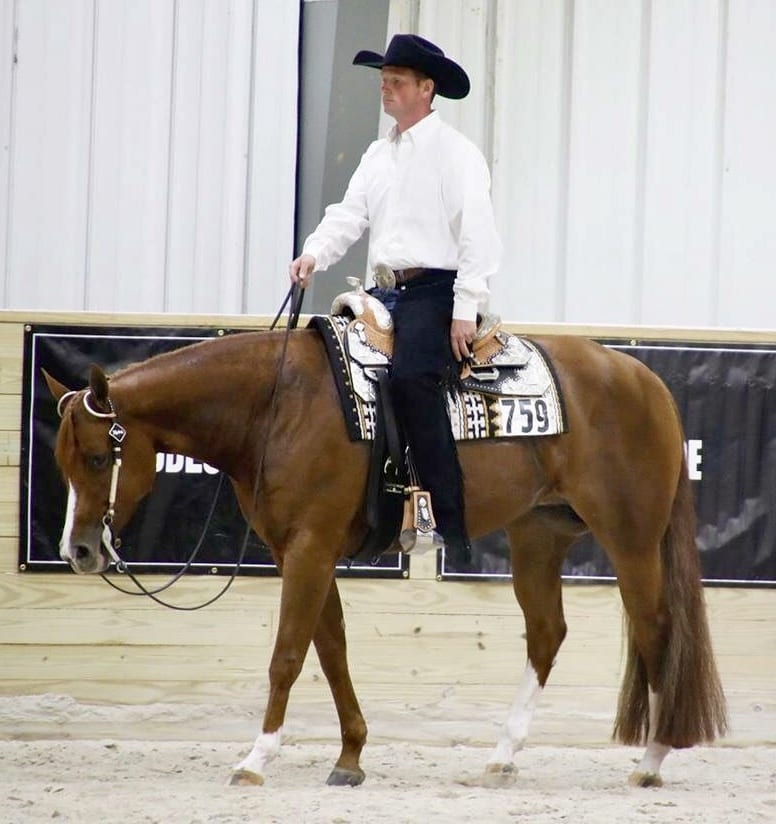 Another favorite criticism of western pleasure is that it is a “pointless” class where horses just plod around the arena and “go nowhere.”
Another favorite criticism of western pleasure is that it is a “pointless” class where horses just plod around the arena and “go nowhere.”
In actuality, this couldn’t be farther from the truth.
Looking at the history of the performance horse industry, western pleasure has always been the foundation for a majority of performance horse events, and not only that, but the training that goes into a pleasure horse is also a vital foundation, no matter which events the horse ultimately goes into.
Willis gave a comical rundown of what goes into starting a pleasure horse.
“The first thirty days is just the same as any other discipline, try not to get bucked off,” he chuckled. “But in all seriousness, by the 120-day mark, you can start to see the split between the talented and willing horses and the ones that need more time to mature. But what people fail to realize is that no matter what the horse goes on to do, they all start with the foundation of pleasure. Steering, stopping, learning leads…all basic elements of pleasure that any horse needs to know before they go on to do anything else.”
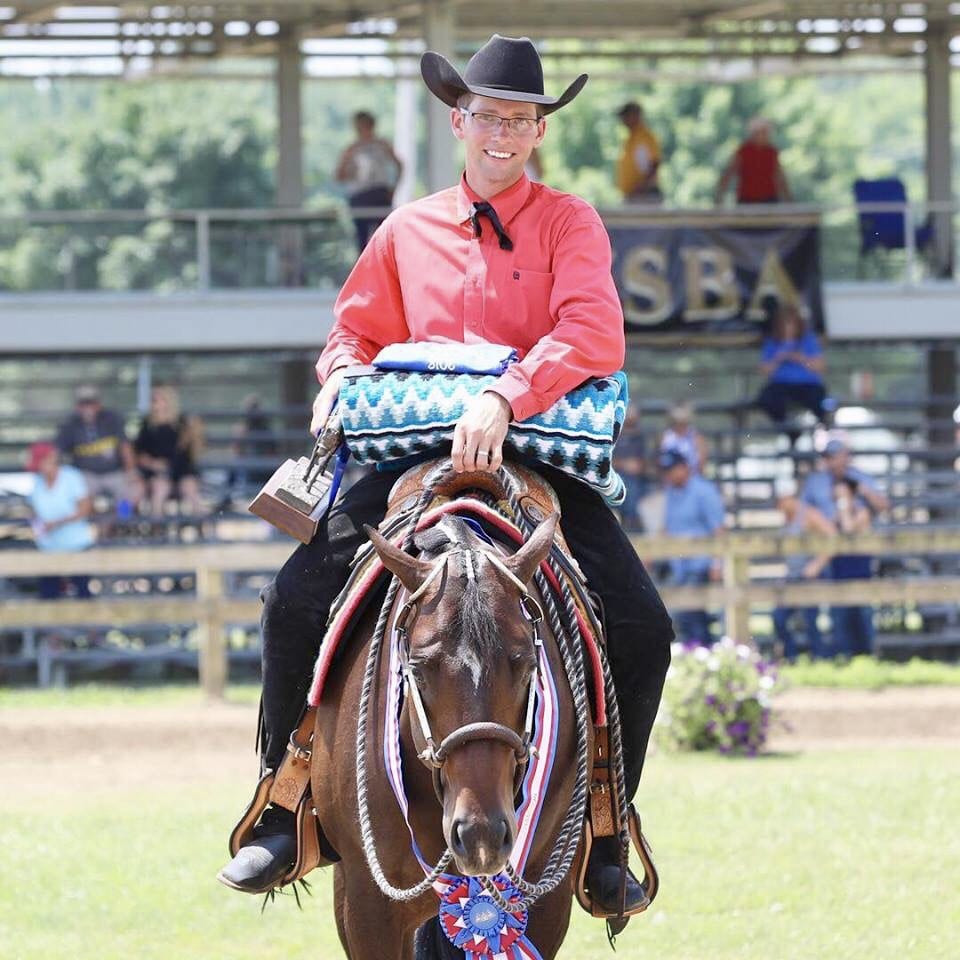 “Most horses that go into the all-around events came from pleasure horses,” Moses said. “It’s a feeder class and the trainers that come to us are all looking for a horse that is finished or almost finished in the pleasure.”
“Most horses that go into the all-around events came from pleasure horses,” Moses said. “It’s a feeder class and the trainers that come to us are all looking for a horse that is finished or almost finished in the pleasure.”
Moses and Willis also pointed out how necessary the class is, not just for horses, but for people just getting started in the horse business or those who may not be as physically capable of competing in some of the more technical events.
“Whether a person is a super novice who is not ready for the more physical events, or someone just loves horses and wants to show, western pleasure provides that outlet for people to participate,” Moses said. “It’s a great thing when people are participating and enjoying what they are doing.”
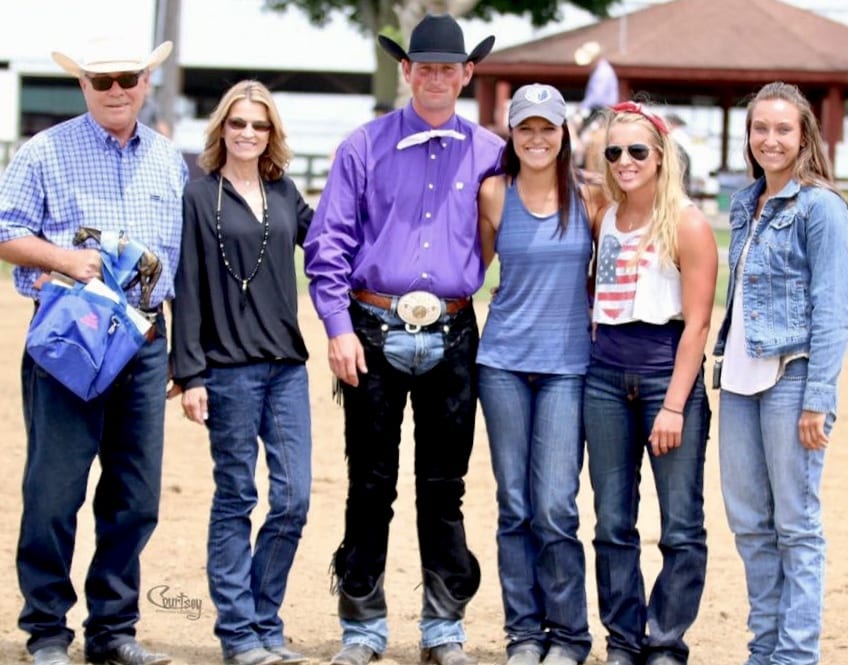 “If you look at the top contenders in the industry, both exhibitors and horses, chances are at one point, they showed in western pleasure,” said Willis.
“If you look at the top contenders in the industry, both exhibitors and horses, chances are at one point, they showed in western pleasure,” said Willis.
Both Moses and Willis encourage people who haven’t had a chance to watch a high-end pleasure class recently to do so as it will show how the industry has evolved in an incredibly positive way.
“The novice three-year-old and maiden classes have opened up a whole lot of doors for people to wait on their horses and allow them to reach their full potential at their own pace,” said Willis. “Breeding and training programs are focusing on taking horses to the top level; these are all positive things for the industry.”
“You see horses moving forward, passing other horses, showing at speeds where they are comfortable,” said Moses. “Horses are being rewarded for showing on and off the rail without anything changing, which is incredibly credit earning. The direction western pleasure is headed is absolutely a positive one.”
About Chenay: A Tucson, Arizona native Chenay started riding Pony Hunters at six years old until she found a passion for Paint horses in 1993. She began showing at APHA approved shows in November of that year and continued on with a successful Youth career until 2000. She went on to graduate from the University of Arizona in 2006 with a dual Bachelor of Arts in English and Creative Writing. Today, she lives in Yucaipa, California with her husband, son, and lots of animals, including a rescued APHA mare.
Photos © Courtsey Promotions, The American Quarter Horse Journal


